DescriptionDickens, CharlesPresentation copy of David Copperfield, along with seven other Dickens' titles. London: 1837-1857
The Personal History of David Copperfield. London: Chapman and Hall, 1850. 8vo (218 x 138 mm). Autograph letter signed ("Charles Dickens") bound in before half-title, presenting the "set" to James E. Roney, engraved frontispiece, additional title (earlier issue, with date) and 38 plates after Hablot K. Browne ("Phiz"), front wrapper from Part XVII bound in at end; letter laid into leaf, old folds and some foxing to letter, text with a few stray spots, faint browning and some primarily marginal foxing to a few plates. First book edition, bound from the parts, early issue. Smith I:8.
[With]: The Posthumous Papers of the Pickwick Club. London: Chapman and Hall, 1837. 8vo (204 x 135 mm). Half-title, printed title-page, 2pp. address by the author, 4pp. preface, 4pp. contents, 2pp. Directions to the Binder/Errata, engraved frontispiece, pictorial title-page and 41 plates by R. Seymour and H.K. Browne ("Phiz"), plates all later issues with publisher's imprint, caption and signature, later issue text throughout, front wrapper from Part XVIII bound in at end; text with a few stray spots, faint browning and some primarily marginal foxing to a few plates. First book edition, bound from the parts, later issue. Smith I:3; Eckel 17-78; Hatton and Cleaver 1-88.
Oliver Twist; or, the Parish Boy's Progress. By "Boz". London: Richard Bentley 1838. 3 volumes, 8vo (198 x 121 mm). Etched frontispieces and 21 other plates by George Cruikshank "Fireside" plate in Vol. III, half-titles to Vol. I and II only (as called for), 4pp. publisher's advertisements at end of Vol. I, 2pp. publisher's advertisements at beginning of Vol. III; occasional and minor foxing, browning, and offsetting. First edition, first issue with the "fireside" plate. Smith I:4; Eckel pp. 59-62; Sadleir 696.
Sketches by Boz Illustrative of Every-day Life and Every-day People. London: Chapman and Hall, 1839. 8vo (220 x 138 mm). Half-title, etched frontispiece, pictorial title-page and 38 plates by George Cruikshank those before p. 120 without publisher's imprint, advertisement leaf dated 15 May 1839, front wrapper from Part XIII (1837) bound in at end; occasional and minor foxing, browning, and offsetting. First octavo one volume edition. Eckel pp. 14-15.
The Life and Adventures of Nicholas Nickleby. London: Chapman and Hall, 1839. 8vo (220 x 135). Half-title, engraved portrait frontispiece by Daniel Maclise in first state (Chapman and Hall imprint present), 39 engraved plates by Hablot K. Browne ("Phiz"), front wrapper from Part IV bound in at end; closed tear to frontis repaired, occasional and minor foxing, browning, and offsetting, wrapper trimmed. First book edition, bound from the parts. Smith I:5.
Dombey and Son. London: Bradbury and Evans, 1848. 8vo (220 x 130 mm). Half-title, 2-line errata leaf, engraved frontispiece and title-page with 38 plates (including the first ever example of a "dark plate") by Hablot K. Browne ("Phiz"), front wrapper from Part IV bound in at end; occasional and minor foxing, browning, and offsetting, wrapper trimmed. First book edition, bound from the parts. Smith I:8.
Bleak House. London: Bradbury and Evans, 1853. 8vo (215 x 135 mm). Half-title, frontispiece, illustrated title-page and 38 plates by or after Hablot K. Browne ("Phiz"), front and rear wrappers from Part VII bound in at end; occasional and minor foxing, browning, and offsetting, wrappers trimmed. First book edition, bound from the parts. Smith I:10.
Little Dorrit. London: Bradbury and Evans, 1857. 8vo (210 x 130 mm). Frontispiece, illustrated title-page, 40 plates by Hablot K. Browne ("Phiz") including eight dark plates, front wrapper from Part VII bound in at end; occasional and minor foxing, browning, and offsetting, wrapper trimmed. First book edition, bound from the parts. Smith I:12.
All titles uniformly bound in full red morocco, bound by Riviere & Son, covers with multiple gilt rules and central gilt lion and star device replicating Dickens' own bookplate, green morocco second and third spine with raised bands in six compartments, green watered silk doublures, pastedowns of green morocco with gilt-lettered quotations from the respective novels, elaborately gilt inner dentelles, top edges gilt; some joints starting, spines darkened, extremities rubbed, Copperfield rebacked with the original spine laid down. Each volume in custom slipcase.
An extraordinary presentation set, gifted by Dickens to James Roney:
"To | James E. Roney; | My old friend and companion | In some of the Copperfield Days | (When Dora was beautiful); | This set of my books | with my faithful regards. | Charles Dickens | London, Tenth August, 1857"
Charles Dickens and James Roney "lived together on Buckingham Street—the site of David Copperfield's lodgings—in 1831" (Dasgupta 257). It was around this time that Dickens was working as a freelance court reporter, and when he met his first love, Maria Beadnell, who would become the model for the character of Dora Spenlow in David Copperfield (1850). Beadnell's parents disapproved of the match, and hastened the end of the relationship by sending Mariah to school in Paris. David Copperfield was serialized between May 1849 and November 1850, nearly 20 years after this event in Dickens' life, but it would seem the pain of the young couple's separation remained fresh.
Copperfield is an autobiographical bildungsroman—though readers in the 1850s would have remained largely ignorant of the degree to which Dickens sought to not only chronical, but also to renegotiate, the narrative of his own life through this work in particular. As Dickens' fame increased, he became anxious that his audience—not to mention his social circle—would discover just how humble his origins were. In the novel, Dora is drawn as the charming daughter of Mr. Spenlow, and, following a lengthy courtship, becomes David's first wife. Dora is described as beautiful but impractical, and in their first year of marriage proved difficult as David learns their differences surrounding household order. Just as Dickens' relationship with Dora proved impossible, do does David's with Dora, who, after suffering a miscarriage, is plagued by a long illness, and eventually dies (with David's childhood friend, and later second wife, Agnes Wickfield at her side).
Dickens would go on to marry Catherine Hogarth in April of 1836. Their early life together was a happy one. In 1851, however, Catherine experienced some sort of "nervous collapse," or breakdown, following the death of their infant daughter, Dora Dickens. Following this tragedy, space began to take root between the couple, and over the years, Dickens found his wife to be an increasingly incompetent housekeeper and mother. It was around this time that Dickens reconnected with Maria Beadnell, who, after two decades of silence, wrote him in February 1855. In her letters, Beadnell warned Dickens that her beauty had faded with time, even describing herself as “toothless, fat, old, and ugly.” Dickens, refusing to believe this, arranged a rendezvous on 25 February 1855, and despite Beadnell's warnings, Dickens was shocked by her appearance. Beyond her physical transformation, Dickens was put off by her general manner, which had become silly and giggly. Charles and Maria met once more, and this time each was joined by their respective spouse. While Beadnell was keen to continue communicating with Dickens, he was set on avoiding her.
As Dickens' marriage crumbled, and as he processed his reunion with Beadnell, he began work on Little Dorrit (serialized between December 1855 and June 1857). In it, the character of Flora Finching—a widow, who, in her young days, was a great beauty in love with Arthur Clennam, the novel's hero—is based on Beadnell. When Arthur Clennam returns to England from China, where he'd been living for two decades, Flora maintains a hope that he will fall in love with her again, though she has changed greatly both in terms of her physical appearance and manner. (Clennam ultimately marries Amy Dorrit, a practical, industrious woman half his age).
James E. Roney was a law student, and, like Dickens, a Parliamentary reporter. Roney was admitted to Temple Bar in April of 1833, and emigrated to Demerara, British Guiana, in 1838, where he became a successful barrister and constitutional reformer. Reference to this particular set appears in an issue of The Bookman's Journal and Print Collector from 1921, with Townley Searle requesting further information related to Roney. Letters between Dickens and Roney are extremely rare, and we've been able to locate no other record of this set. Given that Dickens did not specify the titles in he gifted to Roney, it is difficult to know if the preset set is "complete," or at what point it was rebound. What is certain is that this was offered to a friend from "the Copperfield Days" during the most tumultuous periods of the author's life.
An extraordinary and intimate survival.
REFERENCE:Dasgupta, Ushashi. Charles Dickens and the Properties of Fiction: The Lodger World (2020); Dickens, Charles, (ed. by Madeline House et al). The Letters of Charles Dickens Pilgrim Edition, I:59 (note); Partington, Wilfred (ed.). The Bookman's Journal and Print Collector, 12 August 1921, 4:252Condition reportCondition as described in catalogue entry.
The lot is sold in the condition it is in at the time of sale. The condition report is provided to assist you with assessing the condition of the lot and is for guidance only. Any reference to condition in the condition report for the lot does not amount to a full description of condition. The images of the lot form part of the condition report for the lot. Certain images of the lot provided online may not accurately reflect the actual condition of the lot. In particular, the online images may represent colors and shades which are different to the lot's actual color and shades. The condition report for the lot may make reference to particular imperfections of the lot but you should note that the lot may have other faults not expressly referred to in the condition report for the lot or shown in the online images of the lot. The condition report may not refer to all faults, restoration, alteration or adaptation. The condition report is a statement of opinion only. For that reason, the condition report is not an alternative to taking your own professional advice regarding the condition of the lot.
DescriptionDickens, CharlesPresentation copy of David Copperfield, along with seven other Dickens' titles. London: 1837-1857
The Personal History of David Copperfield. London: Chapman and Hall, 1850. 8vo (218 x 138 mm). Autograph letter signed ("Charles Dickens") bound in before half-title, presenting the "set" to James E. Roney, engraved frontispiece, additional title (earlier issue, with date) and 38 plates after Hablot K. Browne ("Phiz"), front wrapper from Part XVII bound in at end; letter laid into leaf, old folds and some foxing to letter, text with a few stray spots, faint browning and some primarily marginal foxing to a few plates. First book edition, bound from the parts, early issue. Smith I:8.
[With]: The Posthumous Papers of the Pickwick Club. London: Chapman and Hall, 1837. 8vo (204 x 135 mm). Half-title, printed title-page, 2pp. address by the author, 4pp. preface, 4pp. contents, 2pp. Directions to the Binder/Errata, engraved frontispiece, pictorial title-page and 41 plates by R. Seymour and H.K. Browne ("Phiz"), plates all later issues with publisher's imprint, caption and signature, later issue text throughout, front wrapper from Part XVIII bound in at end; text with a few stray spots, faint browning and some primarily marginal foxing to a few plates. First book edition, bound from the parts, later issue. Smith I:3; Eckel 17-78; Hatton and Cleaver 1-88.
Oliver Twist; or, the Parish Boy's Progress. By "Boz". London: Richard Bentley 1838. 3 volumes, 8vo (198 x 121 mm). Etched frontispieces and 21 other plates by George Cruikshank "Fireside" plate in Vol. III, half-titles to Vol. I and II only (as called for), 4pp. publisher's advertisements at end of Vol. I, 2pp. publisher's advertisements at beginning of Vol. III; occasional and minor foxing, browning, and offsetting. First edition, first issue with the "fireside" plate. Smith I:4; Eckel pp. 59-62; Sadleir 696.
Sketches by Boz Illustrative of Every-day Life and Every-day People. London: Chapman and Hall, 1839. 8vo (220 x 138 mm). Half-title, etched frontispiece, pictorial title-page and 38 plates by George Cruikshank those before p. 120 without publisher's imprint, advertisement leaf dated 15 May 1839, front wrapper from Part XIII (1837) bound in at end; occasional and minor foxing, browning, and offsetting. First octavo one volume edition. Eckel pp. 14-15.
The Life and Adventures of Nicholas Nickleby. London: Chapman and Hall, 1839. 8vo (220 x 135). Half-title, engraved portrait frontispiece by Daniel Maclise in first state (Chapman and Hall imprint present), 39 engraved plates by Hablot K. Browne ("Phiz"), front wrapper from Part IV bound in at end; closed tear to frontis repaired, occasional and minor foxing, browning, and offsetting, wrapper trimmed. First book edition, bound from the parts. Smith I:5.
Dombey and Son. London: Bradbury and Evans, 1848. 8vo (220 x 130 mm). Half-title, 2-line errata leaf, engraved frontispiece and title-page with 38 plates (including the first ever example of a "dark plate") by Hablot K. Browne ("Phiz"), front wrapper from Part IV bound in at end; occasional and minor foxing, browning, and offsetting, wrapper trimmed. First book edition, bound from the parts. Smith I:8.
Bleak House. London: Bradbury and Evans, 1853. 8vo (215 x 135 mm). Half-title, frontispiece, illustrated title-page and 38 plates by or after Hablot K. Browne ("Phiz"), front and rear wrappers from Part VII bound in at end; occasional and minor foxing, browning, and offsetting, wrappers trimmed. First book edition, bound from the parts. Smith I:10.
Little Dorrit. London: Bradbury and Evans, 1857. 8vo (210 x 130 mm). Frontispiece, illustrated title-page, 40 plates by Hablot K. Browne ("Phiz") including eight dark plates, front wrapper from Part VII bound in at end; occasional and minor foxing, browning, and offsetting, wrapper trimmed. First book edition, bound from the parts. Smith I:12.
All titles uniformly bound in full red morocco, bound by Riviere & Son, covers with multiple gilt rules and central gilt lion and star device replicating Dickens' own bookplate, green morocco second and third spine with raised bands in six compartments, green watered silk doublures, pastedowns of green morocco with gilt-lettered quotations from the respective novels, elaborately gilt inner dentelles, top edges gilt; some joints starting, spines darkened, extremities rubbed, Copperfield rebacked with the original spine laid down. Each volume in custom slipcase.
An extraordinary presentation set, gifted by Dickens to James Roney:
"To | James E. Roney; | My old friend and companion | In some of the Copperfield Days | (When Dora was beautiful); | This set of my books | with my faithful regards. | Charles Dickens | London, Tenth August, 1857"
Charles Dickens and James Roney "lived together on Buckingham Street—the site of David Copperfield's lodgings—in 1831" (Dasgupta 257). It was around this time that Dickens was working as a freelance court reporter, and when he met his first love, Maria Beadnell, who would become the model for the character of Dora Spenlow in David Copperfield (1850). Beadnell's parents disapproved of the match, and hastened the end of the relationship by sending Mariah to school in Paris. David Copperfield was serialized between May 1849 and November 1850, nearly 20 years after this event in Dickens' life, but it would seem the pain of the young couple's separation remained fresh.
Copperfield is an autobiographical bildungsroman—though readers in the 1850s would have remained largely ignorant of the degree to which Dickens sought to not only chronical, but also to renegotiate, the narrative of his own life through this work in particular. As Dickens' fame increased, he became anxious that his audience—not to mention his social circle—would discover just how humble his origins were. In the novel, Dora is drawn as the charming daughter of Mr. Spenlow, and, following a lengthy courtship, becomes David's first wife. Dora is described as beautiful but impractical, and in their first year of marriage proved difficult as David learns their differences surrounding household order. Just as Dickens' relationship with Dora proved impossible, do does David's with Dora, who, after suffering a miscarriage, is plagued by a long illness, and eventually dies (with David's childhood friend, and later second wife, Agnes Wickfield at her side).
Dickens would go on to marry Catherine Hogarth in April of 1836. Their early life together was a happy one. In 1851, however, Catherine experienced some sort of "nervous collapse," or breakdown, following the death of their infant daughter, Dora Dickens. Following this tragedy, space began to take root between the couple, and over the years, Dickens found his wife to be an increasingly incompetent housekeeper and mother. It was around this time that Dickens reconnected with Maria Beadnell, who, after two decades of silence, wrote him in February 1855. In her letters, Beadnell warned Dickens that her beauty had faded with time, even describing herself as “toothless, fat, old, and ugly.” Dickens, refusing to believe this, arranged a rendezvous on 25 February 1855, and despite Beadnell's warnings, Dickens was shocked by her appearance. Beyond her physical transformation, Dickens was put off by her general manner, which had become silly and giggly. Charles and Maria met once more, and this time each was joined by their respective spouse. While Beadnell was keen to continue communicating with Dickens, he was set on avoiding her.
As Dickens' marriage crumbled, and as he processed his reunion with Beadnell, he began work on Little Dorrit (serialized between December 1855 and June 1857). In it, the character of Flora Finching—a widow, who, in her young days, was a great beauty in love with Arthur Clennam, the novel's hero—is based on Beadnell. When Arthur Clennam returns to England from China, where he'd been living for two decades, Flora maintains a hope that he will fall in love with her again, though she has changed greatly both in terms of her physical appearance and manner. (Clennam ultimately marries Amy Dorrit, a practical, industrious woman half his age).
James E. Roney was a law student, and, like Dickens, a Parliamentary reporter. Roney was admitted to Temple Bar in April of 1833, and emigrated to Demerara, British Guiana, in 1838, where he became a successful barrister and constitutional reformer. Reference to this particular set appears in an issue of The Bookman's Journal and Print Collector from 1921, with Townley Searle requesting further information related to Roney. Letters between Dickens and Roney are extremely rare, and we've been able to locate no other record of this set. Given that Dickens did not specify the titles in he gifted to Roney, it is difficult to know if the preset set is "complete," or at what point it was rebound. What is certain is that this was offered to a friend from "the Copperfield Days" during the most tumultuous periods of the author's life.
An extraordinary and intimate survival.
REFERENCE:Dasgupta, Ushashi. Charles Dickens and the Properties of Fiction: The Lodger World (2020); Dickens, Charles, (ed. by Madeline House et al). The Letters of Charles Dickens Pilgrim Edition, I:59 (note); Partington, Wilfred (ed.). The Bookman's Journal and Print Collector, 12 August 1921, 4:252Condition reportCondition as described in catalogue entry.
The lot is sold in the condition it is in at the time of sale. The condition report is provided to assist you with assessing the condition of the lot and is for guidance only. Any reference to condition in the condition report for the lot does not amount to a full description of condition. The images of the lot form part of the condition report for the lot. Certain images of the lot provided online may not accurately reflect the actual condition of the lot. In particular, the online images may represent colors and shades which are different to the lot's actual color and shades. The condition report for the lot may make reference to particular imperfections of the lot but you should note that the lot may have other faults not expressly referred to in the condition report for the lot or shown in the online images of the lot. The condition report may not refer to all faults, restoration, alteration or adaptation. The condition report is a statement of opinion only. For that reason, the condition report is not an alternative to taking your own professional advice regarding the condition of the lot.
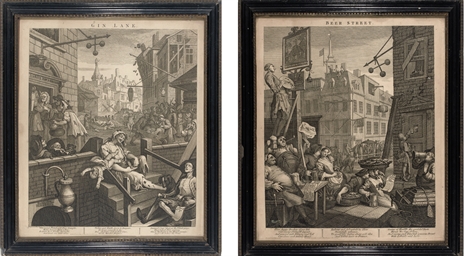
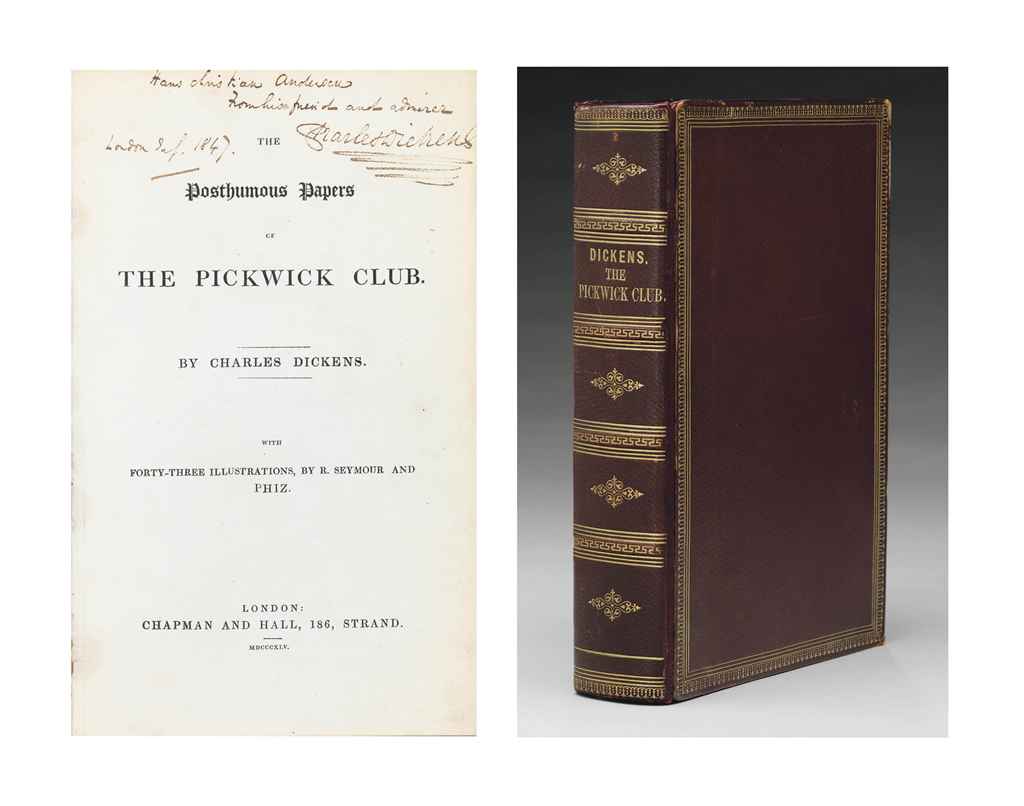
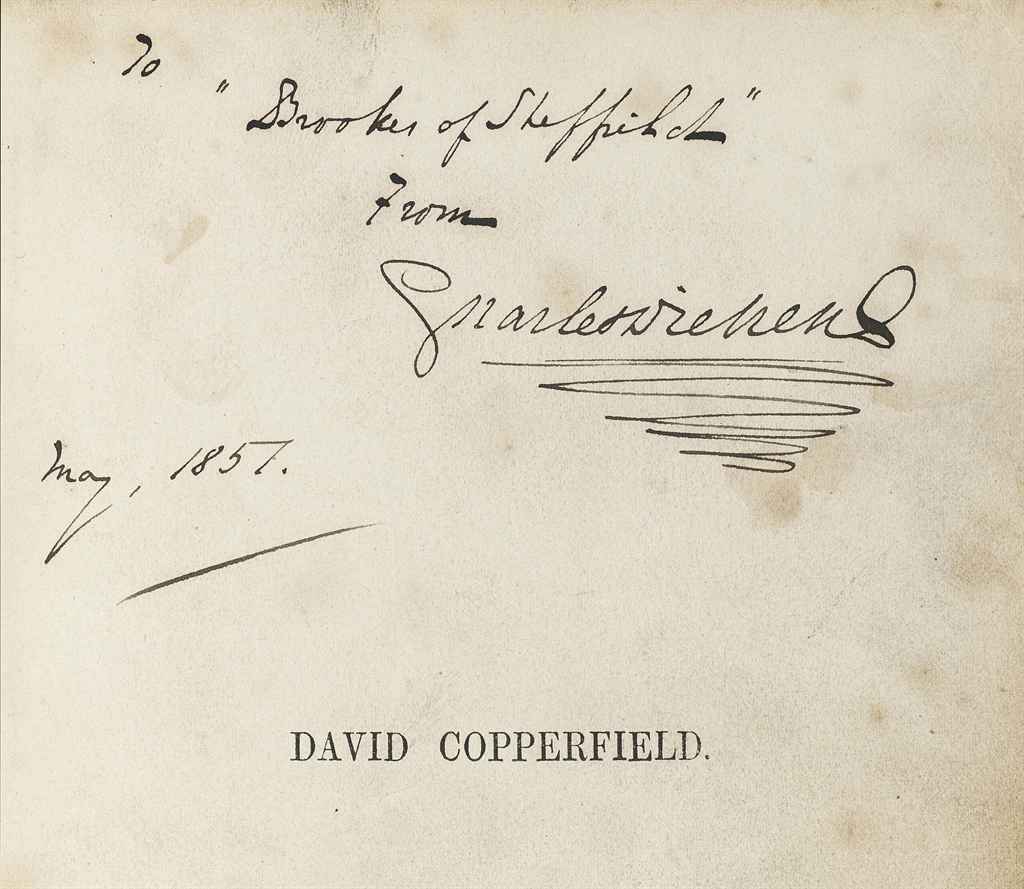

.jpg)
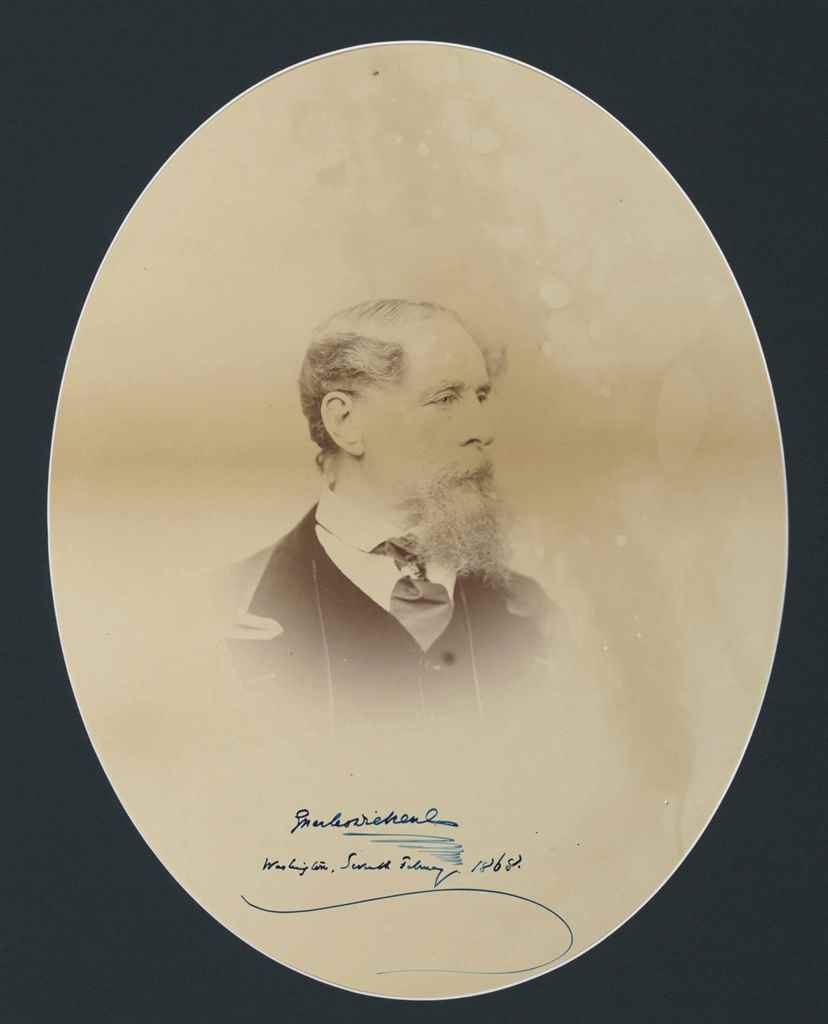


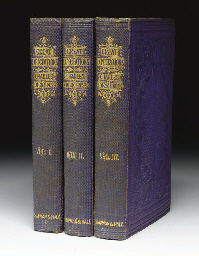
.jpg)
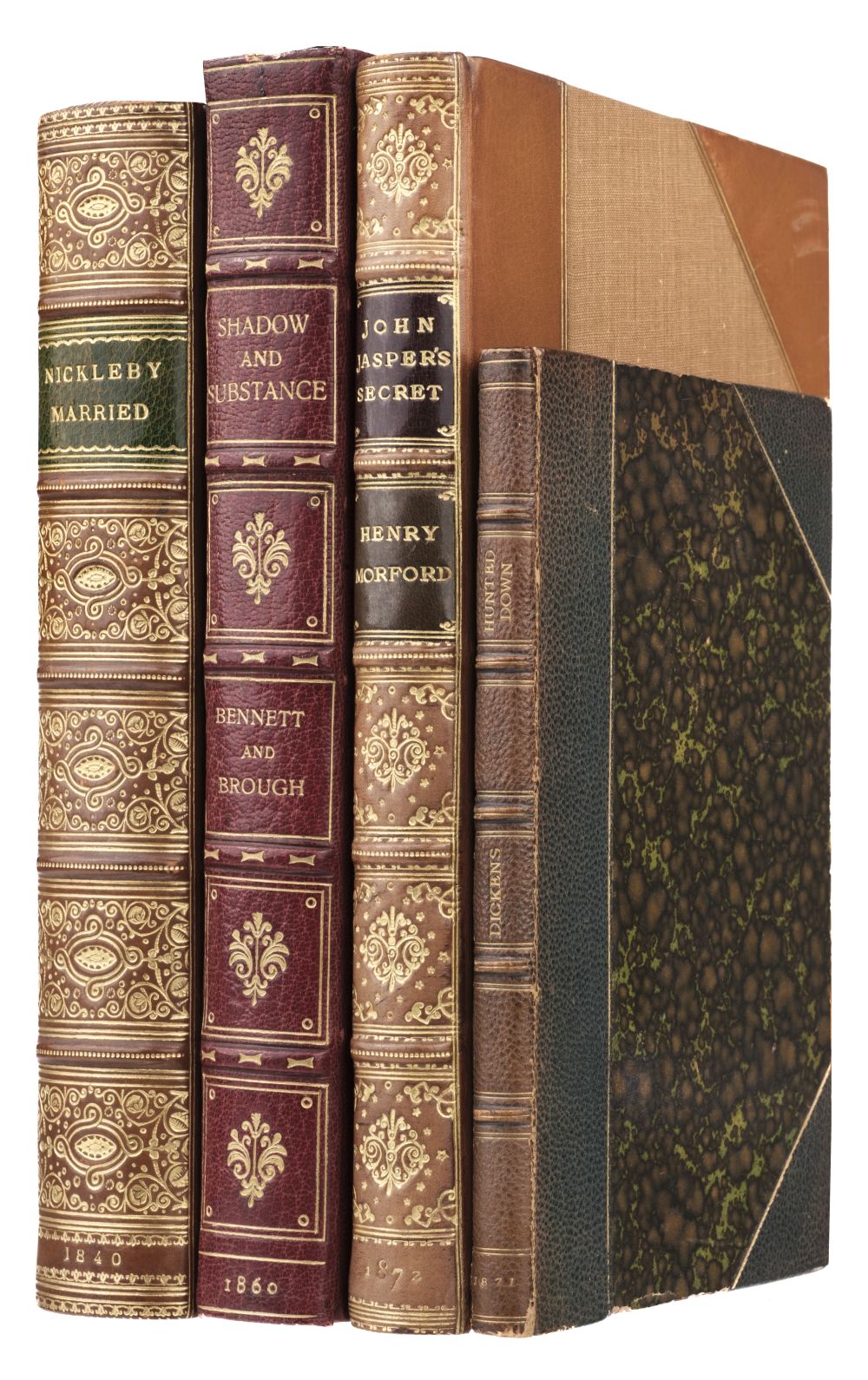
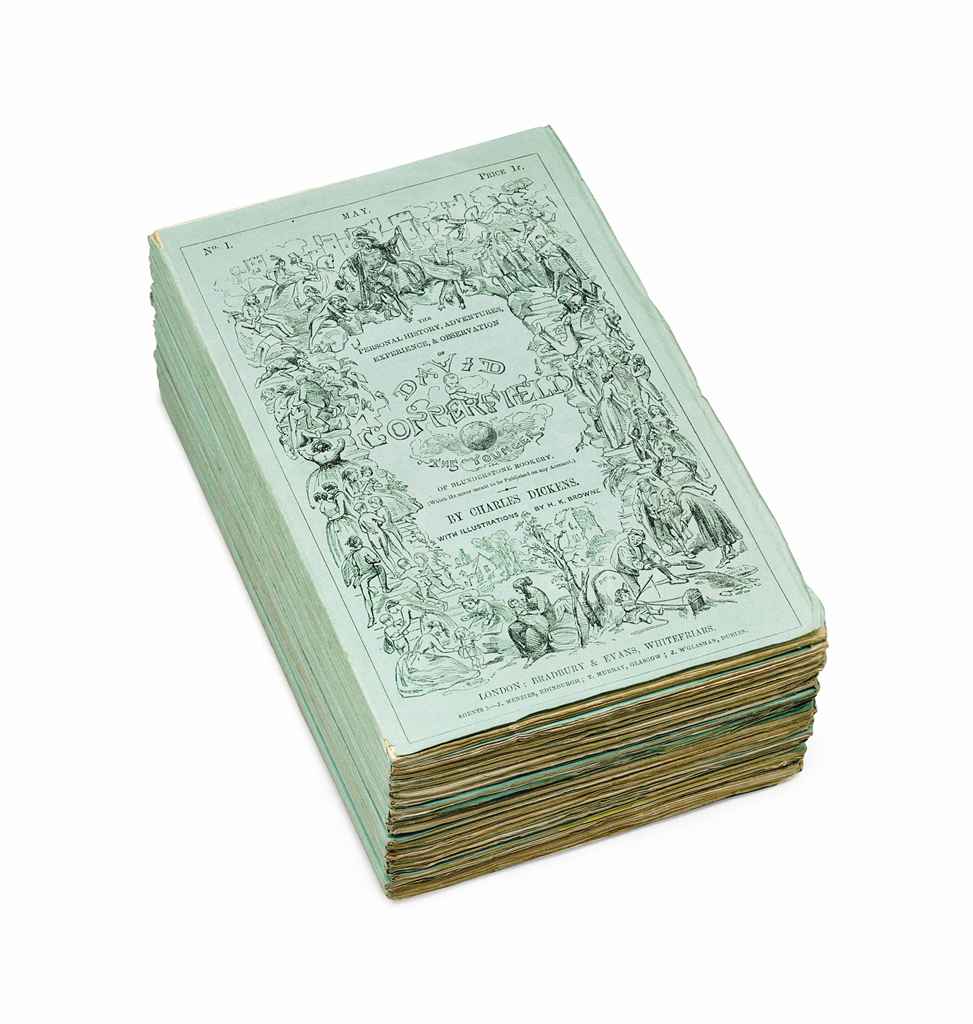

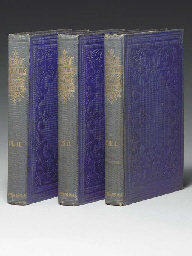
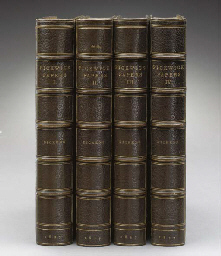
Try LotSearch and its premium features for 7 days - without any costs!
Be notified automatically about new items in upcoming auctions.
Create an alert